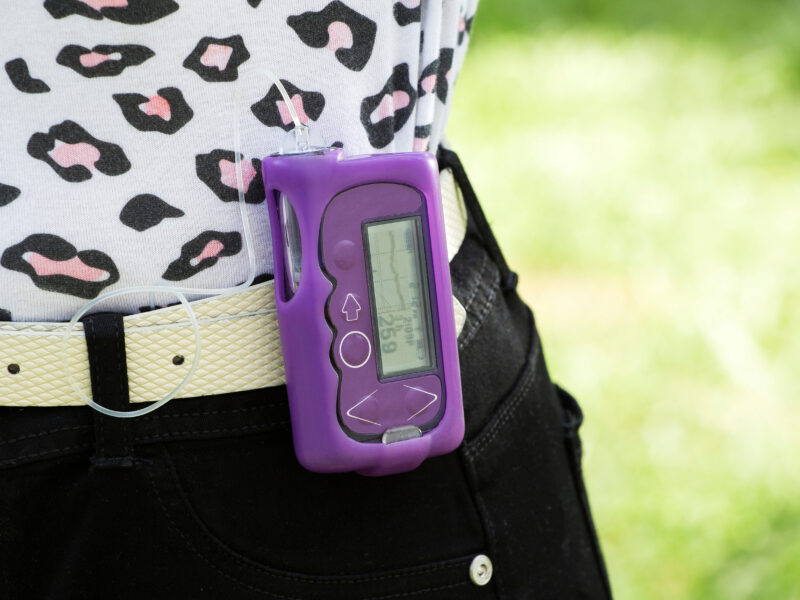Predicting Acute Health Care Utilization in Patients with Pediatric Type 1 Diabetes
Predicting Acute Health Care Utilization in Patients with Pediatric Type 1 Diabetes https://pediatricsnationwide.org/wp-content/themes/corpus/images/empty/thumbnail.jpg 150 150 Jan Arthur Jan Arthur https://secure.gravatar.com/avatar/aacff967c7c2a32e600a9df86d7c8844?s=96&d=mm&r=g- November 25, 2019
- Jan Arthur
Study demonstrates the utility of a high risk assessment screening tool in differentiating between patients with versus patients without any acute health care utilization.
The multidisciplinary Quality Improvement Team in the Section of Endocrinology at Nationwide Children’s Hospital, led by Manmohan Kamboj MD, FAAP, Division chief and section chief of Endocrinology, developed a brief risk screening tool evaluating patients with type 1 diabetes as a possible predictor of future poor diabetes care. A study was designed to determine whether this brief risk assessment tool can be used for risk stratification of patients and families at the time of the initial diagnosis of type 1 diabetes mellitus. The study also was used to determine whether the high risk assessment is associated with increased acute health care utilization and future glycemic control.
A total of 158 patients were included in the study. As explained by Don Buckingham, MBOE, CPHQ , coordinator lead, Quality Improvement Services at Nationwide Children’s, the data analysis validated the screening tool to be of greatest utility in differentiating patients with versus patients without any acute health care utilization with excellent discriminatory ability, sensitivity and specificity. He notes, “Use of statistical analysis tools helps families and hospitals build confidence in Endocrinology assessment initiatives.”
Psychosocial and socioeconomic factors contribute to poor diabetes care in children and adolescents with type 1 diabetes. “These factors are important when treating the patient and family as a whole,” says K. Ming Hong, MSW, LISW-S, Clinical Services and Care Coordination at Nationwide Children’s. “This research exemplifies the important interdisciplinary team building among social work, quality improvement, and medical providers.”
“Our ability to identify needs early allows us to provide targeted interventions and resources that foster resiliency and coping while preventing future admissions and medical complications,” adds Bethany Glick, MSSA, LISW-S, Clinical Services and Care Coordination at Nationwide Children’s.
“We believe that use of such a tool and consequent high risk assessment at the initial diagnosis of type 1 diabetes may facilitate clinicians to identify alternative diabetes management pathways to optimize care,” says Dr. Kamboj.
Reference:
Glick BA, Hong KMC, Buckingham D, Moore-Clingenpeel M, Salvator A, Kamboj MK. “Validation of a risk screening tool for pediatric type 1 diabetes patients: A predictor of increased acute health care utilization.” Journal of Pediatric Endocrinology and Metabolism. 2019 Sep 6. [Epub ahead of print]
- Post Tags:
- Endocrinology
- Quality Improvement
- Posted In:
- In Brief





